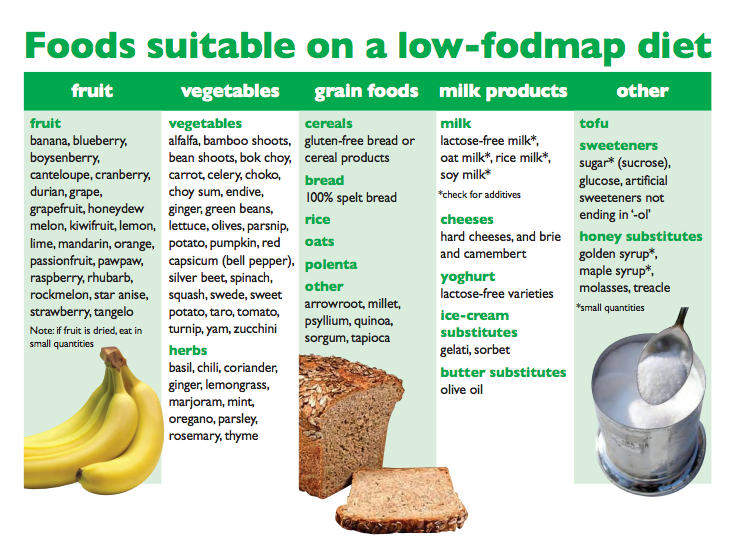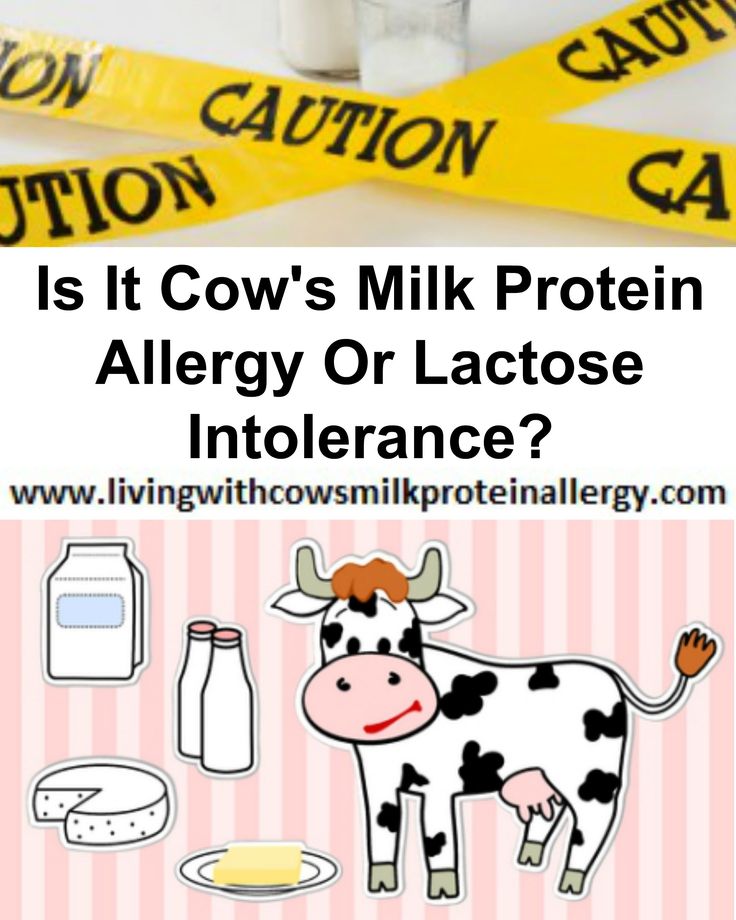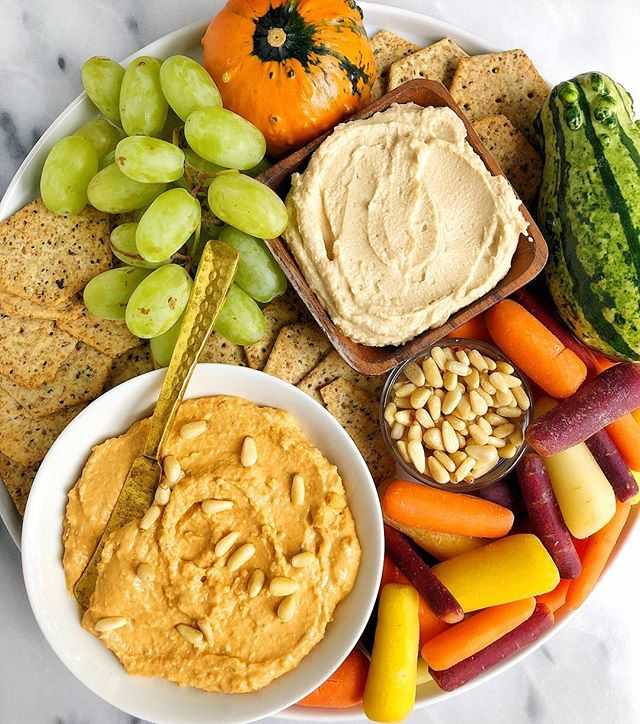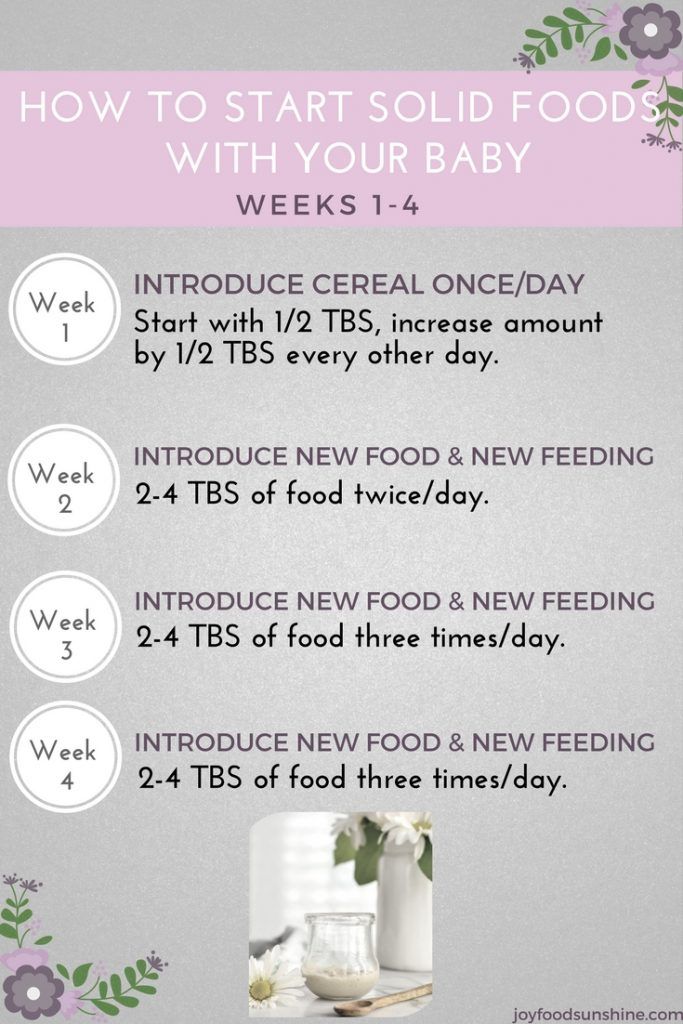Lactose free baby foods
Meal Plans & Recipe Ideas for Your Dairy-Free Baby or Tot
Some babies and toddlers are not able to tolerate dairy, whether from a lactose intolerance or a cow’s milk protein allergy.1 Knowing what foods and beverages to feed your little one while avoiding dairy can help make sure they are getting the nutrients needed for growth and development.
When do babies need to avoid dairy?Breastfed Baby
If your breastfed baby has been diagnosed with a cow’s milk protein allergy or lactose intolerance, you can likely continue to breastfeed as long as you eliminate sources of dairy from your own diet.2,3 Continue to work with your or your child’s health care provider as you eliminate sources of dairy.
Be sure to always read all foods labels to see if there are any dairy ingredients in the product you purchase.
Read more:
Meal Plan & Tips to Eat Dairy Free while Breastfeeding
Is Your Baby Reacting to Something in your Milk?
Formula Fed Baby
If your formula fed baby has been diagnosed with a cow’s milk protein allergy or sensitivity to lactose, you will likely need to choose either a low lactose or lactose-free formula, or a formula that does not contain intact cow’s milk protein.4
Always speak with your child’s health care provider before switching formulas.
Read more:
Does Your Baby Need a Sensitive Formula?
Once your baby begins to eat solids, look at labels carefully to avoid dairy ingredients. Read on for information, tips, and meal ideas.
For more information on lactose intolerance versus a cow’s milk protein allergy, check out this article:
Does my Baby or Toddler have a Milk Allergy or a Lactose Intolerance?
Making sure your child gets the right nutrition while eliminating dairyDairy foods provide several important nutrients, including protein, calcium, and vitamin D (which is often fortified, or added to, dairy products). 5 When eliminating dairy, it is necessary to incorporate other food sources (in the texture your baby is ready for) that are rich in these particular nutrients.6
5 When eliminating dairy, it is necessary to incorporate other food sources (in the texture your baby is ready for) that are rich in these particular nutrients.6
Food sources of calcium: Fortified plant-based milk alternatives, fortified orange juice, canned sardines and salmon with bones, fortified dairy alternatives such as a non-dairy yogurt, tofu, soybeans, spinach, kale.8
Read more: Why Does Calcium Matter for Babies, Tots, and Mama
Food sources of vitamin D: Salmon, fortified plant-based milk alternatives, fortified cereals, eggs, canned light tuna, portabella mushrooms, and sunlight.9
Read more: Why Does Vitamin D Matter for Babies, Tots, and Mama
Food sources of protein: Fish, poultry, meat, beans, legumes, peas, nuts, seeds, tofu, eggs, whole grains.
Read more: Protein: Getting Enough and the Best Sources
Offer a wide variety of dairy-free foods to your childIt’s important to know that there are plenty of other foods that do not contain dairy. Offer these foods often as long as your child is not allergic to them. All whole fruits, vegetables, whole grains, legumes, beans, nuts, seeds, poultry, fish, and eggs are dairy free. Be sure to feed your child a wide variety of these foods to help meet their nutrient needs.
Offer these foods often as long as your child is not allergic to them. All whole fruits, vegetables, whole grains, legumes, beans, nuts, seeds, poultry, fish, and eggs are dairy free. Be sure to feed your child a wide variety of these foods to help meet their nutrient needs.
Non-dairy alternatives can be used for a child with a lactose intolerance or allergy, such as plant-based milk alternatives and plant-based yogurt alternatives. But it’s important to note that not all of these products have the same nutrients as their dairy equivalent.1
If you do choose a plant-based milk alternative, such as almondmilk or oatmilk, be sure the product is fortified with calcium and vitamin D.
Note that plant-based yogurt alternatives often have more added sugar and less protein than regular yogurt. Read nutrition fact labels and ingredient lists to ensure you’re providing your little one with foods that best meet their nutritional needs.
*While a plant-based milk alternative can be used in small amounts in baked or cooked foods, or plant-based yogurt alternative can be provided as a snack or part of a meal, babies under the age of 12 months should not be given cow’s milk nor a plant-based milk alternative to drink by the cup-full.11
These drinks do not contain all the nutrition your baby needs, and adding them in by the cup may take up valuable space in your baby’s tummy – edging out more nutritious foods, formula, and/or breastmilk.
Read more: What Type of Milk Should My Toddler Drink?
Reach out to your child’s healthcare providerIf you suspect that your child has lactose intolerance or a cow’s milk protein allergy, call their healthcare provider immediately for further support.
Wondering what might be the best choice for your baby or tot? Reach out to our team of registered dietitian nutritionists and lactation consultants for free! They’re here to help on our free to live chat from Monday – Friday 8am - 6pm (ET). Chat Now!
Chat Now!
Some babies and toddlers will react to dairy ingredients that are “hidden” and not so obvious.10
Hidden dairy may be found in foods like breads, cereals, crackers, pancakes, waffles, soups, sauces, toppings, dressings, and deli meats. It’s important to read labels and avoid any foods that list “contains milk or milk ingredient.”10
The below meal plan, snack, and recipe ideas will help you choose the right foods for your baby when progressing from mostly single purees to more advanced textures and finger foods, while also excluding dairy.
Be sure to check all labels for both obvious and hidden sources of dairy.
Breakfast
Option 1: Scrambled eggs, clementine
Option 2: Dairy free yogurt such as soy, coconut, or almond, with sliced berries
Option 3: Strawberry Quinoa Cereal for Baby
Option 4: Whole grain French toast fingers with nut butter* and 100% fruit spread
Option 5: Banana pancakes (combine 1 ripe banana, 1 egg and 2 tbsp.
 whole wheat flour. Cook 3 minutes on each side over medium heat)
whole wheat flour. Cook 3 minutes on each side over medium heat)
Lunch
Option 1: Whole grain tortilla strips with mashed avocado dip
Option 2: Tuna sandwich cut into quarters, side of sliced peaches
Option 3: Chickpeas with soft cooked carrots
Option 4: Cubed and roasted butternut squash, with turkey slivers
Option 5: Mini Sweet Potato Chicken Meatballs with Cauliflower Rice and Steamed Broccoli
Dinner
Option 1: Black beans with soft cooked peppers
Option 2: Whole grain pasta with ground turkey, marinara, and roasted veggies
Option 3: Baked fish fingers with cubed and roasted sweet potato
Option 4: Mild Curry Chicken & Veggies with Brown Rice
Option 5: Lean hamburger cut into pieces with baked zucchini fries
Snacks:
Option 1: Soft cooked veggies with hummus
Option 2: Warm Peach Chunks with Nutmeg
Option 3: Hard-boiled egg, diced
Option 4: Fruited dairy free yogurt such as coconut, soy, or almond
Option 5: Applesauce mixed with small amount of nut* or seed butter
*Speak with your baby’s pediatrician before introducing allergenic foods
Let's Chat!We know parenting often means sleepless nights, stressful days, and countless questions and confusion, and we want to support you in your feeding journey and beyond.
Our Happy Baby Experts are a team of lactation consultants and registered dietitian nutritionist certified in infant and maternal nutrition – and they’re all moms, too, which means they’ve been there and seen that. They’re here to help on our free, live chat platform Monday - Friday 8am - 6pm (ET).Chat Now!
Read more about the experts that help write our content!
For more on this topic, check out the following articles:Does my Child Have a Food Allergy or a Food Intolerance?
Guidance When Raising a Child with Food Allergies
Introducing Major Food Allergens to your Infant
Our meal plans offer recipe and meal suggestions for your child. They are not designed to replace your doctor’s recommendations, nor do they take into account special nutritional needs, including allergies and intolerances, other than lactose intolerance and a cow’s milk protein allergy. The meal plans suggest serving sizes that may or may not be appropriate for your child. Please consult your doctor to determine what is best for your child.
Please consult your doctor to determine what is best for your child.
Sources
Lactose-Free Diet - Pediatric Nutrition - Golisano Children's Hospital
Golisano Children's Hospital / / Lactose-Free Diet
Lactose is the sugar that is found naturally in milk and milk products, as well as foods with ingredients such as milk or whey. In order for the body to use lactose, it has to break it down using an enzyme called lactase. Lactose intolerance is a condition that occurs when a person does not produce enough lactase to break down the lactose in food.
Symptoms of lactose intolerance include:
- Abdominal cramping
- Bloating
- Gas
- Diarrhea
These symptoms may occur shortly after eating foods that contain lactose, but sometimes will not occur until hours later. This is because people vary in the amount of lactose they can tolerate.
When milk products are eliminated from the diet because of lactose intolerance, an important source of calcium and other vitamins and minerals is eliminated. Because of this, your child will need to get calcium from other sources, or may need to take a calcium supplement. Be sure to consult with your child's doctor or dietitian before giving any supplements. The amount of calcium a child needs will depend on their size and age.
Avoiding Lactose
There are many different words that are used to describe the different forms that lactose may come in. Read food labels, and stay away from foods with any of the following ingredients:
- Milk
- Skim milk powder
- Skim milk solids
- Lactose
- Whey
- Caseinate
- Curd
The following ingredients are okay to use:
- Lactase
- Lactalbumin
- Lactylate
- Calcium compounds
Reading food/nutrition labels is a very important habit to get into when looking for foods that do not contain lactose. Lactose can come in many "hidden" forms, and even products that do not appear to have milk included, may in fact have a milk product as an ingredient.
Lactose can come in many "hidden" forms, and even products that do not appear to have milk included, may in fact have a milk product as an ingredient.
Lactose-Free Foods
Following are lists of lactose-free foods, and foods to avoid:
| Food Group | Enjoy | Avoid |
|---|---|---|
| Beverages | Teas, regular iced tea, regular carbonated beverages, soy milk, cocoa powder, Nestle's Quik | Milk (all types), powdered milk, sweetened/condensed milk, instant hot cocoa, instant iced tea, Ovaltine, chocolate drink mixes, cream, half-n-half and diet soda |
| Breads/Cereals/Crackers | Vienna bread, French bread, Jewish rye bread, Italian bread, graham crackers, soda crackers, Ritz crackers, hot or cold cereals without added milk solids (read the label) | Breads/rolls containing milk, prepared baking mixes (muffins, biscuits, pancakes, etc. ), Zwieback, corn nuts, instant cereal with added milk solids ), Zwieback, corn nuts, instant cereal with added milk solids |
| Potatoes and Starches | Items prepared without milk or milk products: macaroni, noodles, rice, spaghetti, white/sweet potatoes | Products with milk added, such as instant potatoes, frozen French fries, Scalloped/au gratin potatoes, macaroni and cheese mixes |
| Vegetables | Fresh, frozen, and canned vegetables without added milk products | Creamed or breaded vegetables or vegetables with margarine added |
| Fruit | Fresh, canned or frozen fruit not processed with milk/milk products | Any canned or frozen fruit processed with milk or milk products |
| Meat and Meat Substitutes | Plain meat, fish, poultry, eggs, Kosher prepared meat products, soybean meat substitutes, dried peas, beans, lentils, and nuts | Breaded or creamed eggs, fish, meat or poultry, luncheon meats, sausage, hot dogs containing cheese or cheese products |
| Fats and Oils | Bacon, shortening, Miracle Whip, milk-free margarine, diet imitation margarine, salad dressings without milk products, vegetable oils, olives, mayonnaise, Coffee Rich and Rich's Whipped Topping | Sour cream, cream cheese, chip dips, sauces and salad dressings made with milk products and peanut butter with added milk solids |
| Soups/Combination Foods | Bouillon, broth, vegetable soups, clear, soups, consommes, homemade soups made with allowed ingredients | Chowders, ream soups, canned and dehydrated soups containing milk products |
| Seasonings | Pure monosodium glutamate (msg), soy sauce, carob powder, olives, gravy made with water, Baker's cocoa, pure seasonings and spices, sugar, honey, corn syrup, jam, jelly, marmalade, and molasses | Condiments with milk solids or lactose added |
| Desserts | Angel food cake, homemade cookies, cakes or pies made from allowed ingredients, tofu desserts, pure-sugar candies, marshmallows, and gelatin | Desserts prepared with milk/milk products, pudding, sherbet, ice cream, custard, frozen yogurt, toffee, peppermint, butterscotch, chocolate, caramels, reduced-calorie desserts made with sugar substitute, or chewing gum made with lactose. |
Additional Resources
For more information or lactose-free products:
- Resources for Products see www.missrobens.com for their catalog.
- The Food Allergy Network and Anaphylaxis Network for information and membership.
Lactose Free Infant Formula | What does it mean and which is better
In the article we will talk about lactose-free baby food. Pediatricians prescribe it for medical reasons. You will find out in what cases a lactose-free mixture is used, and why it is useful to have it even in a house where there is a healthy baby.
Lactose-free formula is a lifesaver for lactase deficiency and rotavirus
Lactose is milk sugar. Or the carbohydrate found in animal milk. It takes part in the absorption of vitamins and calcium, is a breeding ground for the reproduction of beneficial bacteria in the intestines. Lactose is the main source of energy for newborns.
Lactase is an enzyme that is produced in the intestines of an infant and helps digest lactose. Sometimes this enzyme is not produced enough. Then lactose is not completely broken down. This leads to bloating, diarrhea and restlessness of the baby.
Pediatricians diagnose lactase deficiency.
It is important to know that lactase deficiency is congenital - it is a very rare hereditary disease. At risk are babies whose next of kin suffer from lactose intolerance. Parents, knowing this, need to be on the alert.
Much more often lactase deficiency - acquired - due to illness or other causes. Her symptoms go away after treatment and elimination of the cause. And you can again give the child dairy products.
Infants who are artificially and sometimes breastfed are transferred to a lactose-free or low-lactose diet temporarily or until they switch to adult food.
When lactose-free formula is prescribed
Unlike a low-lactose formula, which is recommended for temporary lactase deficiency, a lactose-free diet is used in cases of serious health problems. These are congenital lactase deficiency - galactosemia or rotavirus infection.
These are congenital lactase deficiency - galactosemia or rotavirus infection.
Lactose-free formula for rotavirus
Formula-fed babies with rotavirus need to switch to a lactose-free diet. With rotavirus infection, dairy products aggravate the symptoms of the disease, therefore, are prohibited.
If your baby is an artificial baby, stock up on a jar of soy formula for an emergency. After all, with an intestinal infection, the last thing you want to do is waste time looking for food for your child. And if it is not useful, cook porridge on it for the baby when he grows up.
Nature has taken care of babies who receive mother's milk. It contains immunoglobulins and other substances that facilitate the course of the disease.
Therefore, pediatricians recommend not to interrupt breastfeeding during the period of rotavirus.
Lactose free formula - which is better
Mothers sometimes worry about whether a lactose-free diet can provide a child with all the necessary substances. There is no doubt that lactose-free formula, like any other, is a complete baby food. After all, this issue is under the control of the state. Activities for the production of baby food are subject to mandatory certification.
There is no doubt that lactose-free formula, like any other, is a complete baby food. After all, this issue is under the control of the state. Activities for the production of baby food are subject to mandatory certification.
Lactose-free mixtures are of two types: on vegetable protein, for example, soy or hypoallergenic.
If the child is not allergic to soy, then it is better to use soy.
What does hypoallergenic formula mean? This means that they cannot cause allergies. All components are selected in such a way that they will be sure to be absorbed by the body. Hypoallergenic mixtures or hydrolysates are a product where proteins are partially broken down and are better absorbed. But hydrolysates are prescribed in the most difficult cases. They are bitter, and babies are reluctant to eat them.
Do not rush to transfer the child to a hypoallergenic diet, unless there are serious indications.
The line of Israeli baby food includes low-lactose and soy formulas:
Materna Extra Care Comfort - low lactose;
Materna Soy 0+ and 12+ are soy nutrition with an improved composition, adapted to the age characteristics of newborns and toddlers from one year old.
Give us a call and a free consultation will help you determine what nutrition your child needs.
All Materna baby food is made without palm oil, without sugar and without GMOs.
How to switch a child to lactose-free formula
The transition scheme depends on the cause. If you are transferring a child to a dairy-free diet due to rotavirus, then you need to change the diet at the same time. Just replace your food with soy. The baby may have a period of getting used to a new product. But this is a lesser evil than to continue to feed him with milk.
If the transition to soy nutrition is planned, we recommend introducing it according to our scheme.
Reaction to lactose-free formula
When transferring a child to another diet, watch his reaction. If soy was chosen as the lactose-free mixture, and an undesirable reaction occurred to it, an allergy to soy should be ruled out. To do this, take a blood test and consult a doctor.
Lactose-free infant formula Aptamil Lactose Free from birth, 400 gr
Aptamil Lactose Free from birth, 400 gr
Aptamil lactose-free milk for first breastfeeding from birth is a complete bottle formula for babies.
Lactose free milk for first breastfeeding from birth Aptamil is a complete formula* for bottle fed babies. This updated formula contains DHA (Omega-3 LCPs) **
Key features of lactose-free milk for the first infant from birth
- Updated wording
- Breast milk substitute
- Lactose free
* Suitable as sole source of nutrition from birth to 6 months and as part of a weaning diet from 6 months to 1 year
** As required by law for all infant formulas.
Feeding guide
Approx. age: up to 2 weeks, approx. weight: 3.5 kg, 7 3/4 lbs, Number of scoops per feed (1 scoop = 4.4 g): 3, Amount of water per feed: 90 ml, 3 fl oz, Feeds per 24 hours: 6
Approx. age: 2-4 weeks, approx. weight: 3.9 kg, 8 1/2 lbs, Scoops per food (1 scoop = 4.4 g): 4, Water per feed: 120 ml, 4 fl oz, Feeds per 24 hours: 5
age: 2-4 weeks, approx. weight: 3.9 kg, 8 1/2 lbs, Scoops per food (1 scoop = 4.4 g): 4, Water per feed: 120 ml, 4 fl oz, Feeds per 24 hours: 5
Approx. age: 4-8 weeks, approx. weight: 4.7 kg, 10 1/2 lbs, Scoops per food (1 scoop = 4.4 g): 5, Water per feed: 150 ml, 5 fl oz, Feeds per 24 hours: 5
Approx. age: 8-12 weeks, approx. weight: 5.4 kg, 12 lbs, Scoops per food (1 scoop = 4.4 g): 6, Water per feed: 180 ml, 6 fl oz, Feeds per 24 hours: 5
Approx. . age: 3-4 months, approx. weight: 6.2 kg, 13 3/4 lbs, Number of scoops per food (1 scoop = 4.4 g): 6, Amount of water per food: 180 ml, 6 fl oz, Number of feedings per 24 hours: 5
Approx. age: 4-5 months, approx. weight: 6.9 kg, 15 1/4 lbs, Scoops per food (1 scoop = 4.4 g): 7, Water per feed: 210 ml, 7 fl oz, Feeds per 24 hours: 5
Approx. age: 5-6 months, approx. weight: 7.6 kg, 16 3/4 lbs, Scoops per food (1 scoop = 4.4 g): 7, Water per feed: 210 ml, 7 fl oz, Feeds per 24 hours: 5
Approx. age: 7-12 months, approx. weight: - kg, - lbs, Number of scoops per food (1 scoop = 4.4 g): 7, Amount of water per food: 210 ml, 7 fl oz, Number of feedings per 24 hours: 3
age: 7-12 months, approx. weight: - kg, - lbs, Number of scoops per food (1 scoop = 4.4 g): 7, Amount of water per food: 210 ml, 7 fl oz, Number of feedings per 24 hours: 3
breasts at 6 months. Your baby may need more or less than what the feeding guide says. This information is given for reference only. If you need further advice, please consult your physician.
Important: always use the provided spoon, please note that the color of the spoon in this package may change from time to time.
Preparing baby food
Because powdered milk is not sterile, failure to follow the instructions could make the baby sick.
- Wash your hands and sterilize all utensils according to the manufacturer's instructions.
- Boil 1 liter of fresh water. Leave the kettle to cool for 30 minutes and no longer. Measure the required amount of water (see Feeding Guide) into a sterilized bottle. Beware of burns. Do not use artificially softened or re-boiled water.

- Use the spoon provided to level the powder with a clean, dry knife. Do not dent/fold the powder.
- Add the correct amount of powder to the water. Adding too many or too few scoops can be harmful. Place the sterilized nipple and cap on the bottle and immediately shake vertically vigorously for at least 10 seconds until the powder dissolves.
- Cool under the flow tap. Check feed temperature. Feed immediately.
Warning!
Fresh mix as needed. For hygiene reasons, do not store prepared formula, discard half-eaten formula as soon as possible and do not consume 2 hours after storage. Do not heat food in the microwave, as this may cause hot spots and burns. Never add extra scoops or anything else to your baby's food. Never leave your baby alone while feeding. When bottle-feeding, avoid prolonged or frequent contact of dairy products with your baby's teeth, as this increases the risk of cavities. Seek advice from your doctor or dentist.











